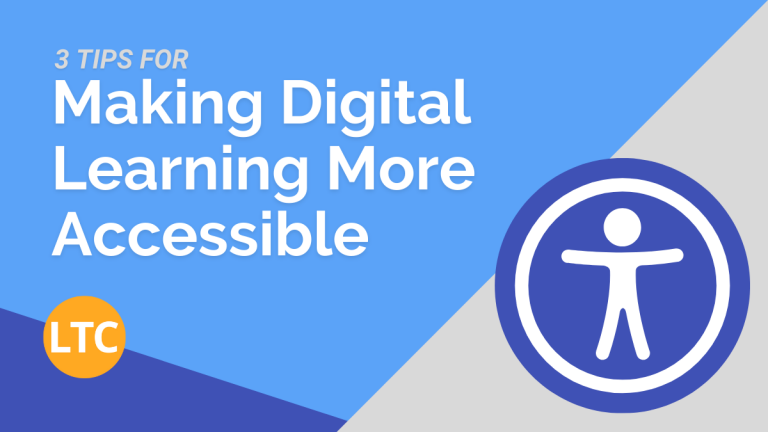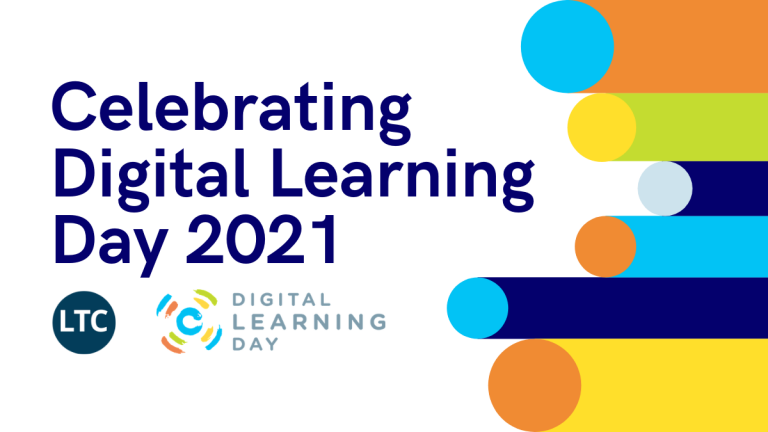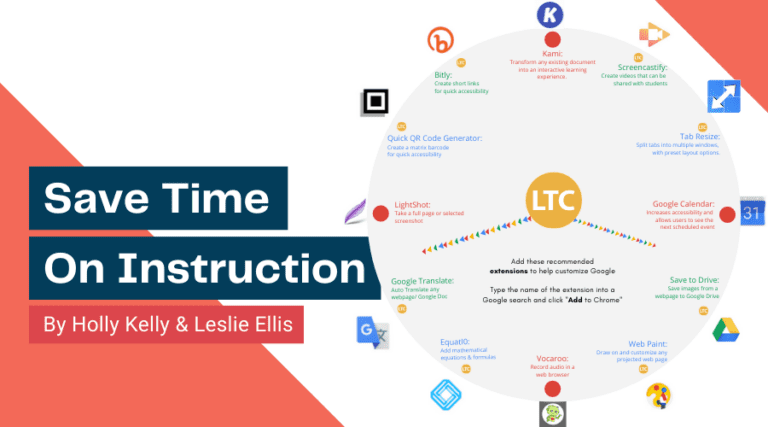Many educators in the field today can attest to the challenges of facilitating remote learning. However, special education teachers in particular have faced a steep learning curve when it comes to planning and carrying out instruction that meets the individualized needs of their students.
Facing the Challenges
In some cases, these unique challenges derive from the shift toward an at-home learning environment. In these settings, parents and caregivers are expected to play a more primary role in their child’s education, from ensuring that they join synchronous classes on time to keeping them on-task while completing an assignment. These adjustments, current special educators say, have been smooth for some parents and rocky for others.
Melissa Wolski, a Behavior Specialist in Algonquin, IL, noted that “one of the hardest challenges is trying to teach parents about the different behavioral strategies that may be needed to help their child be more independent.” Wolski also explained that these growing pains can be even greater for single parents, who may not be able to physically manage some of their child’s negative behaviors on their own.
When it comes to synchronous learning, Katrina Evans also noticed parents endeavoring to balance their work obligations and their child’s educational needs.
“It can be a challenge for them to match their schedules to the hours we are providing live instruction and individual sessions,” Evans, a teacher at an Illinois-based therapeutic day school, acknowledged, “I try to overcome this by sending materials home preemptively… in the hopes that parents can still work with students on their own schedules.”
Embracing New Technologies
Technology has also taken on an outsized role in facilitating special education services remotely. While some special education classrooms already made regular use of technology such as AAC (Augmented and Alternative Communication) devices prior to the pandemic, all special educators have now found it necessary to lean on digital resources and apps like never before.
For example, both Wolski and Evans voiced their support for “Boom Cards”, an online interactive lesson creation platform. Evans, who works primarily with younger students, also utilizes “Reading A-Z”, which allows her to remotely read with and to her students. As expected, “Zoom” and “Google Classroom” have also become mainstays for Illinois’ special educators, for both full class and one-to-one instruction.
Celebrating Success
Along with these challenges, Illinois’ special educators have also found unexpected successes while teaching remotely. Some students, for example, have grown in their functional autonomy over the course of this school year.
“I’ve been impressed at how independent the students can be,” Wolski praised while highlighting changes in her school’s students since moving away from a physical classroom setting. In some cases, she emphasized, their students were actually making progress toward behavioral goals that had not previously materialized during face-to-face instruction.
Evans, meanwhile, found her students growing more amicable to their regular remote learning sessions. While the adjustment period varied from student to student, Evans still sees this progress toward more sustained attention as encouraging.
As Thanksgiving approaches, Illinois’ special educators have also expressed their gratitude for the work put in by parents to make remote learning work for their students. As Wolski pointed out, “It’s not easy doing this day after day after day,” so she is relieved that the parents she works with routinely exceed her expectations for engagement.
Some parents have even deepened their bond with their child as a result of their at-home learning environment, Wolski said. In turn, that closer relationship between caregiver and child has helped reinforce behavior-based goals, while also providing parents with a richer understanding of the work put in by their child’s teacher – even beyond the context of distance learning.
Looking to the Future
In all, most of Illinois special educators have maintained a positive outlook as the prospect of distance learning continues. Many have even stressed the need for patience at this time, as students, parents, and peers adjust to the new normal.
“It is a stressful time for everyone right now,” Wolski concluded, “be kind to yourself, your students and their families, and your coworkers.”
Learn More about Special Education and Remote Learning
Over the course of the 20-21 School Year, the Illinois State Board of Education (ISBE) has published new guidance on facilitating remote learning, including for students with special needs.
To read the latest on this topic, be sure to check ISBE’s website, where you can find links to up-to-date guidance and resources.








